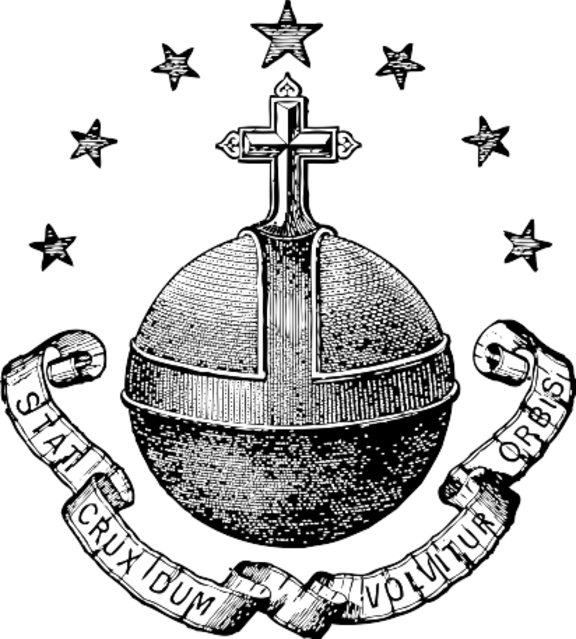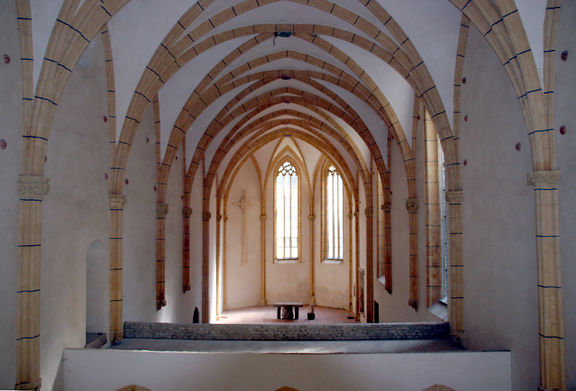Difference between revisions of "Pleterje Charterhouse Monastery"
m |
Ivan Pirnat (talk | contribs) m |
||
| Line 1: | Line 1: | ||
{{Article | {{Article | ||
| − | | status = | + | | status = WRITING INFOBOX TOPROOFREAD NIFERTIK! |
| maintainer = Ivan Pirnat | | maintainer = Ivan Pirnat | ||
}} | }} | ||
| Line 20: | Line 20: | ||
{{Teaser| | {{Teaser| | ||
| − | + | It is only still inhabited Carthusian monastery in Slovenia with seven remaining white monks of strictest order in Romancatholic church. Domus sanctissime Trinitatis is the official latin name of [[Pleterje Charterhouse Monastery]] where monks are living secluded behind walls in silence, work and prayer. | |
| + | Pleterje is youngest of the four Slovene Carthusian monasteries and was founded by Count Herman II of Celje in [[established ::1407]] in a remote valley next to village Šentjernej under Gorjanci hills. It fas fuonded on a place where in 10th century castle Sicherstein was standing. Trubles for monastery and carthusian monks started early already in 1456 with death of last count of Celje Ulrik. With no defence and poor founding, monastery was damaged several times during sieges of Turks in 16th century, until order of Jesuits took over and fortified monastery they were in Pleterje from 1595 to 1773. During state reforms of Austro - Hungarian emperor Franz Joseph II. von Habsburg monastery was closed in due to operating and maintenance costs in the end of 18th century. but revived between 1899 and 1904. Older documents confiscated by Josef II in the 18th century are today also preserved in the ARS. The founding charter is preserved in the [[Archives of the Republic of Slovenia (ARS)]]. | ||
}} | }} | ||
Revision as of 12:53, 22 January 2010
The old monastery architecture is not preserved, apart from the church of St Trinity and parts of some buildings. The church (which is only open for groups) presents a unique type of Gothic architecture in Central Europe. A multivision system presents the history of the monastery and the life of the monks to visitors.
The monastery incorporates a rich library and a collection of some 44 oil paintings from the 17th and 18th centuries, which are attributed to the Flemish, French, Italian and German Masters. A collection belonging to Dolenjska Museum is also installed in the vestibule of the church.
It is also possible to purchase a range of garden produce and other products here, including the famous Pleterje pear brandy.
Adjacent to the monastery is an open-air museum:




